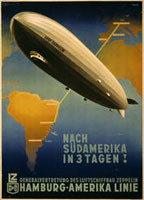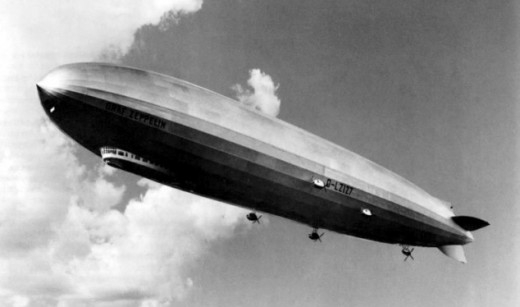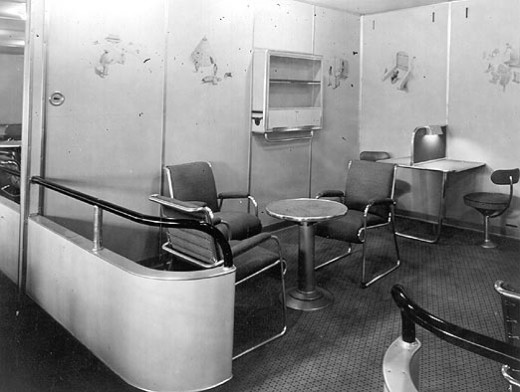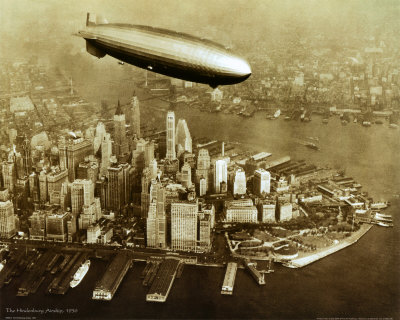Short Life of Zepplin Air Service

I think I was born in the wrong era. I hate flying, I would desperately love to take trips on the old liners that were in their heyday back in the 1930’s. And, I would really love to take a trip on a dirigibles. Spending days floating peacefully above the earth cocooned in luxury and comfort.
Dirigibles are filled with gases that make them lighter than air. They may have no internal skeleton, basically just a big balloon, those are called blimps. Other dirigibles have metal skeletons and the balloon is built around them. The Zeppelins are those kind of craft.
Count von Zeppelin of German designed the craft that carried his name. The Zeppelins were used by the Deutsche Luftschiffahrts before WWI, for scheduled flights. During WWI they were taken over by the German military and used for bombing and spying. The Zeppelin’s ability to hover over an area was a great asset when surveying an ongoing battle.
Graf Zepplin

In the 1920’s the Zeppelins were returned to civilian use and became very popular. The ones put into service immediately after the war were eventually seized as war reparations, so new ones were constructed. The two most famous and popular ships were the Graf Zeppelin and the Hindenburg. They went from Germany to the United States and down to South America.
The Graf Zeppelin was named after the count. It made a trip around the world as well as some shorter ships, but it was more of a demonstration ship than a luxury passenger ship. It was designed for use with flammable helium and the company considered it too dangerous. So a new ship was built, the Hindenburg, which was designed to be filled with helium, which non-combustible helium.

Hindenburg Reading Room

The Hindenburg was launched in 1936 and was the largest airship ever built. But, because of the Nazi government takeover of the company, helium could not be obtained. There was an embargo, the United States had the only large supply and they would not sell it to Nazis. So the company was forced to use dangerous hydrogen.
The cost of a trip from Germany to South America was around $ 2,250 in American dollars, so only the very wealthy could afford the trip. The ship cruised at a maximum of 80 miles per hour and was about 3 football fields long. The passenger interior of the Hindenburg was extremely luxurious. There were about 70 private cabins, with separate bathrooms. The bedrooms were heated with electricity, a great luxury at the time and has an installed sink.
Hindenburg over Nyc

The Hindenburg had a dining room saloon, serving first class food, reading room and smoking room. There were also large observation decks where passengers could stroll past windows that tilted down to show the passing scenery. The overall effect was of a luxurious, exclusive passenger liner.
The smoking room was the only place on the ship you could smoke, the air pressure was higher in the room and it was sealed to make sure no hydrogen could get inside. This precaution was necessary because of the Zeppelin use of explosive hydrogen.

On May 6, 1937, the Hindenburg caught fire and burned up killing 36 people, one who was on the ground. This killed off the great airships. No one wanted to fly in a ship that could suddenly explode.
The cause
of the accident has been debated ever since. It could have been static
electricity, lightning, or sabotage. There has never been an explanation that
satisfied everyone. But the dirigibles
were dead. A few still flew but passengers were extremely reluctant to use
them, the accident was so spectacular and was on newsreels for weeks.A thriving industry was destroyed overnight. This was just about the first disaster to be filmed as it happened and it had an effect of people, the public never trusted the aircraft again, ignoring the fact that if different fuel had been used, the disaster would have been averted.
The Graf Zeppelin was turned into a museum for a time, but then was used by the Luftwaffe for tests before being destroyed in 1940.








